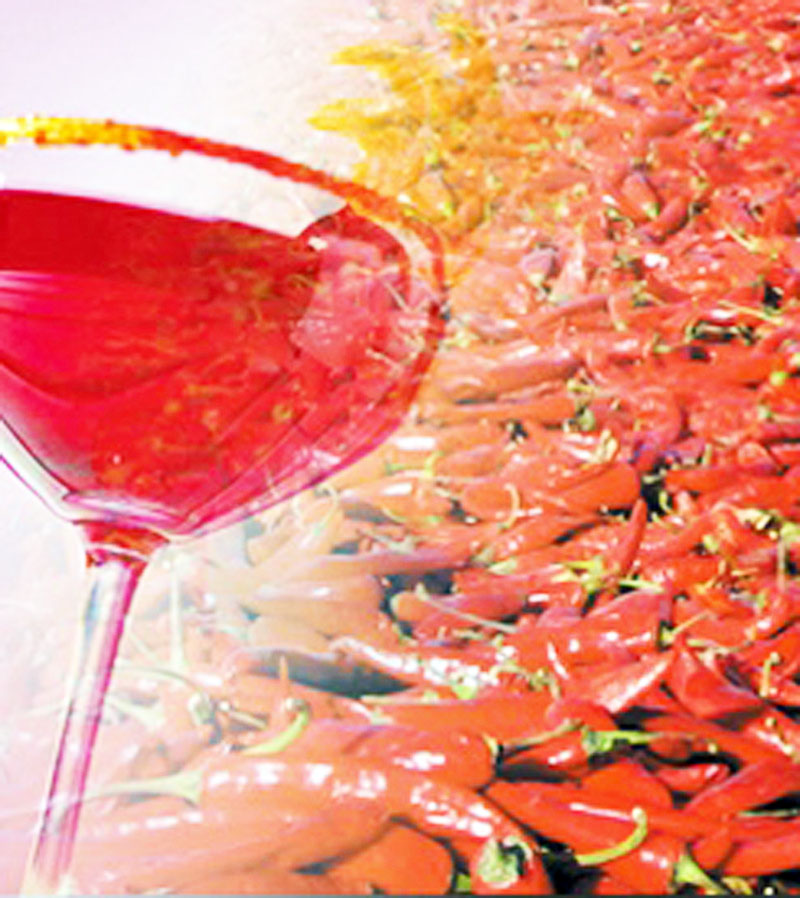- No. 268 Xianghe Street, Economic Development Zone of Xingtai city, Hebei 054001 China
- Byron@hbhongri.cn
Exploring the Origins and Uses of Paprika Powder in Culinary Delights and Health Benefits
The Essence of Paprika Powder A Spice of Rich Tradition
Paprika powder, a vibrant and flavorful spice, has won the hearts of culinary enthusiasts and home cooks alike. Originating from the Capsicum annuum plant, this spice brings a burst of color and taste to various dishes, transcending geographical and cultural boundaries. Made from grinding dried red peppers, paprika powder showcases a wide spectrum of flavors, from sweet and mild to hot and spicy. This article explores the origins, production, and culinary uses of paprika powder.
Origins and History
Paprika has its roots in Central America, where it was first cultivated by indigenous peoples. After the spice was brought to Europe in the 16th century by Spanish explorers, it quickly gained popularity, particularly in Hungary and Spain. Each region adopted its unique methods of cultivation and preparation, giving rise to distinct varieties of paprika. Hungarian paprika is particularly renowned for its sweetness and vibrant red hue, while Spanish paprika, or Pimentón, is known for its smoky flavor due to the drying process involving oak wood.
The Production Process
The production of paprika powder is a meticulous process that requires attention to detail. The journey begins with the selection of ripe red peppers, which are harvested at their peak. Once picked, these peppers undergo a drying process to enhance their flavor and preserve their vibrant color. Depending on the desired outcome, peppers may be air-dried or smoked, impacting the final taste of the paprika powder.
After drying, the peppers are ground into a fine powder. The grinding process can vary in size, leading to different textures of paprika, from coarse to ultra-fine. Paprika powder can also be blended with other spices, enhancing its flavor profile and creating exciting combinations. The final product is not just a spice; it represents the dedication of farmers and artisans who have perfected the craft over generations.
paprika powder made of

Culinary Uses
Paprika powder's versatility makes it an essential ingredient in many kitchens worldwide. In Hungarian cuisine, it is a key component of dishes like goulash and chicken paprikash, where it imparts a rich, savory flavor. In Spain, pimentón is integral to traditional dishes such as chorizo and paella, providing a smoky undertone that enriches the overall taste.
Beyond European cuisines, paprika powder is used in various global dishes, including Middle Eastern foods like hummus and North African tagines. Its bright color not only enhances the visual appeal of meals but also offers a depth of flavor that can complement both meats and vegetables.
Additionally, paprika powder is known for its health benefits. Rich in antioxidants and vitamins, particularly vitamin A, it can contribute to overall well-being. This spice also has anti-inflammatory properties and may aid in digestion, making it a valuable addition to a balanced diet.
Conclusion
In conclusion, paprika powder is more than just a spice; it embodies a rich tapestry of history, culture, and culinary art. From its humble beginnings in Central America to its esteemed status in kitchens across the globe, paprika powder continues to delight taste buds and inspire chefs. Whether used to add color to a dish, enhance flavor profiles, or boost nutritional value, paprika powder remains a staple that transcends time and geography. Embracing this vibrant spice in our cooking not only enriches our meals but also pays homage to the generations of knowledge and tradition it represents.
-
Turmeric Rhizome Powder: A Golden Treasure from Roots to TableNewsJul.28,2025
-
The Versatile Application Of Crushed Red Hot Peppers: Lighting Up The Red Flames On The Dining TableNewsJul.28,2025
-
The Paprika: A Touch Of Vibrant Red In Color, Flavor, And CultureNewsJul.28,2025
-
Ground Turmeric: A Modern Examination of an Ancient SpiceNewsJul.28,2025
-
Capsicum Liquid Extract: Features, Applications, and ChallengesNewsJul.28,2025
-
Application of Capsicum Liquid Extract in FoodNewsJul.28,2025







